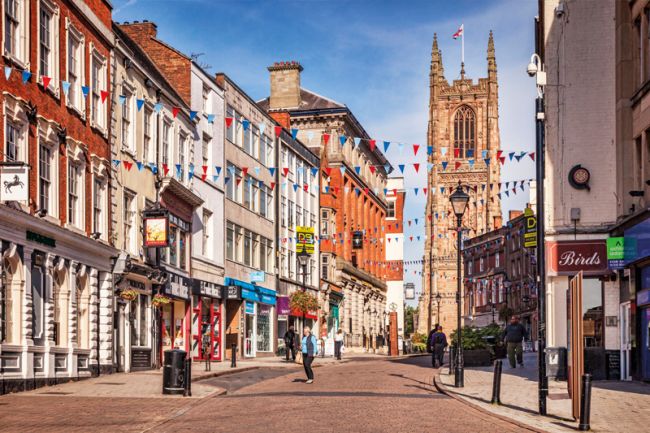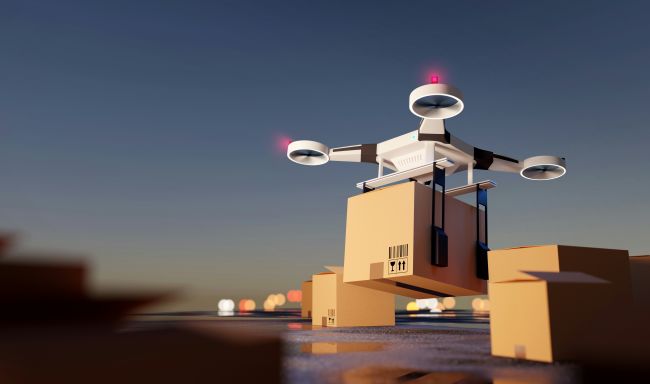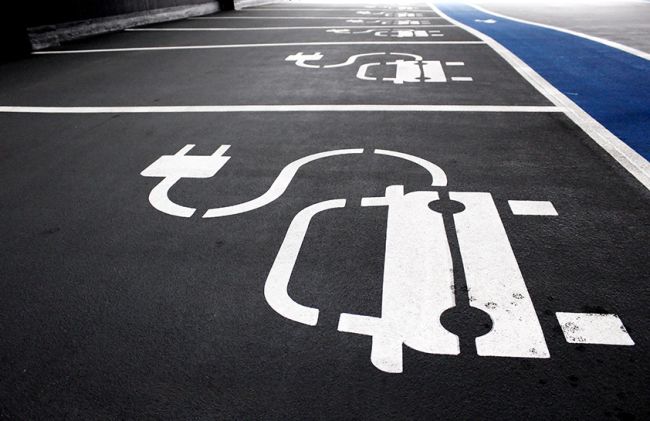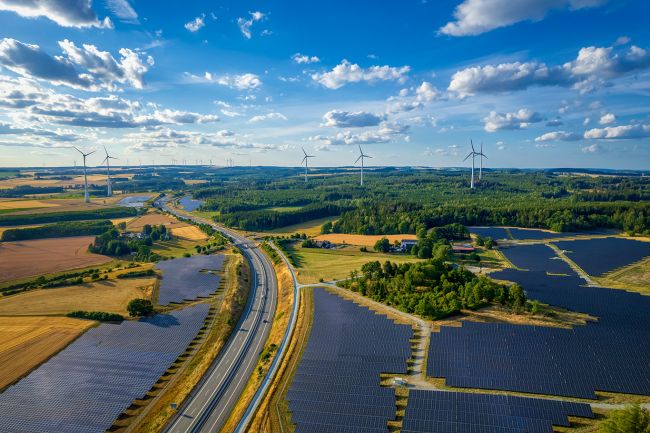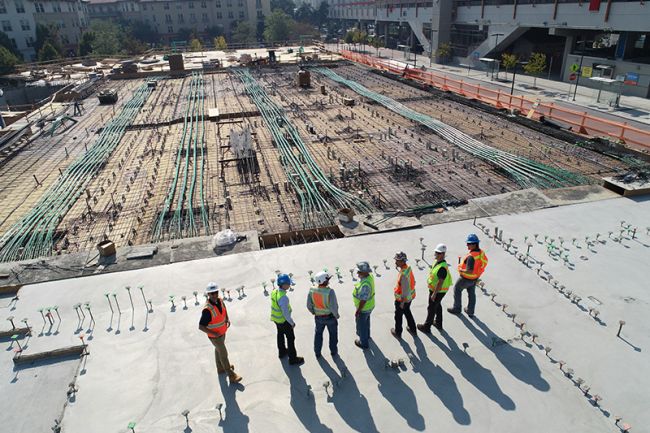The Importance of Process in Planning: the Dublin Transportation Initiative – Part 4: Reflections
Reporting in 1994, the Dublin Transportation Initiative (DTI) was a land use transport study.

Reporting in 1994, the Dublin Transportation Initiative (DTI) was a land use transport study. Its principal outputs were a long term strategy, a short to medium term delivery plan, and an on-going process for strategy review and development. Looking back at how the strategy was implemented, this is the last of four pieces that summarises the paper in the Power of Plans edition of the journal Built Environment, written by Pat Mangan, Jim Steer, and myself.
While the overall outcome has been positive, there have also been many and continuing challenges:
- Widespread public and political support for a strategy does not mean similar support for its individual components. There has been significant opposition to many of the projects, often from local businesses and residents directly affected. Some have argued that the DTI and subsequent strategies haven’t gone far enough and that that more should have been done to promote public transport, walking and cycling and that there should have been more proactive restraint of car traffic
- Planning and statutory approval processes have generally taken much longer than originally envisaged. Implementation agencies have made great efforts to resolve local issues before seeking statutory approval for individual projects and this has often involved prolonged local discussions as well as successive rounds of public consultation. The planning and approval process itself has also got increasingly complex, partly because of more stringent EU and national environmental requirements, but also as a result of increased legal challenges via judicial review. Projects included in a strategy are generally only subject to a preliminary feasibility study and the detailed feasibility work can reveal that they are more difficult to implement than originally envisaged
- Political priorities change over time. Politicians are particularly sensitive to the views of those who oppose individual projects. Opposition tends to be very vocal and sustained while support for a project is often softer and much lower profile. A general election and a change of government can result in different political priorities.
- Away from inner city Dublin, the increase in public transport use has been relatively modest and congestion continues to be a problem. Overall public transport patronage fell during the economic downturn following the Global Financial Crisis and took some years to recover to previous levels. Across the economy, public transport use peaked in 2007 and then declined until 2012, with a single year fall of over 10% in 2009
- Excellent progress has been made on the provision of bus priority measures and cycling infrastructure, but not always to a sufficient extent and of the highest quality
- Very little progress has been made on demand management despite a clear statement in successive transport strategies that a combination of investment and demand management is required for success
- The capacity to fund transport investment is critically dependent on the state of the economy and the public finances. The collapse of the Celtic Tiger and the attendant crisis in the public finances resulted in sharp reductions in public expenditure which had a particularly serious impact on capital investment.
- Because of the dearth of investment in public transport in earlier years, it took time to build up the required planning capacity and implementation resources. One result of this was that there was no reserve of projects ready to go to construction. When funding started to flow, road projects were more readily available for early implementation
- There is now a greater coherence between transport and land use planning helped by statutory enforcement mechanisms to ensure consistency between transport and land use plans, a trend towards increased residential densities, the use of Strategic Development Zones to promote sustainable development and the provision of public transport before or at the same time as development is realised. Nevertheless, there is still the legacy of a low-density city with a large and expanding footprint (mainly on the periphery), dominated by the private car and often unsuitable for public transport, cycling and walking
- Construction inflation is also a concern. During the Celtic Tiger construction inflation was a significant issue in a strongly performing economy. When the economy is performing well and investment levels are high there is strong competition for resources. In the domestic economy, transport is in competition for construction skills and resources with housing development, energy retrofit and so on. There is also international competition for specialist skills relevant to transport investment. The inevitable result is an increase in cost and delays in implementation
Mangan P., Steer J. and Chadwick N. (2022) The Importance of Process in Planning: the Dublin Transportation Initiative Built Environment 48(4)



